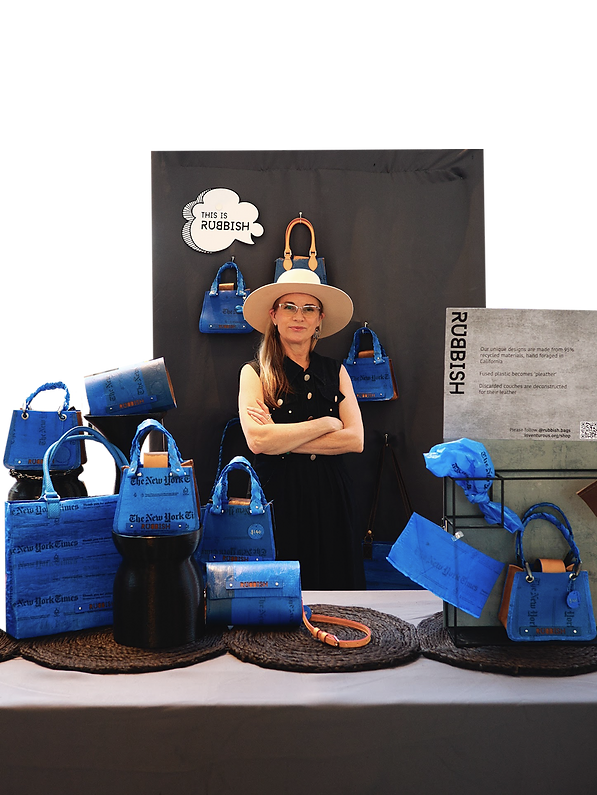HOW
BEGAN

This journey started in 2018. At the time I was making large-scale collage works with images cut from second-hand natural history books and magazines. Then I stumbled across an image that stopped me cold: a bird’s body decomposing, its stomach filled with plastic. I had a visceral reaction. How could it be that in the most remote corners of the planet, birds were dying from eating our trash?
The deeper I looked, the clearer it became: plastic pollution is everywhere. Microplastics are not only in our food, water, and even bloodstreams, but also woven through ecosystems. They are carried by rivers to the sea, where they enter the marine food chain, choke seabirds and turtles, and leach chemicals into soil and water. Plastics once celebrated as miraculous are now showing themselves to be a slow-motion disaster, early research links them to impacts on our lungs, hormones, even reproduction.
At first, I responded as an artist. I wrapped soft plastics around lights to create installations and embedded hard plastics in concrete. But I wanted a bigger impact. Inspired by community recyclers like Greenbatch in Australia and the open-source Precious Plastics network, I decided to build a micro-recycling initiative with a creative directive.
Inventurous was born.
As a community, we began collecting the “problem plastics” that usually slip through the system: film plastic that jam sorters, black plastic that scanners can’t read, insulated freezer bags made of mixed materials. After two years of trial and error, I developed a way to fuse these into a leather-like textile and combine them with salvaged leather and hardware made from molded shredded plastic. That’s how Rubbish Bags began. Each bag is crafted from 95% recycled material — designed not just to be carried, but to carry a story: about waste, resilience, and the urgent need to imagine a future where plastic no longer endangers people or the planet.
Every step is intentional: I approach this work as a conservationist, not a capitalist. Each bag sold helps fund our nonprofit so we can build the program, pay people fairly, and spread joy. The aim is always bigger than fashion: to reduce plastic, spark conversations, and inspire communities to reimagine what’s possible.
And the stakes are growing. In 2026, California will ban most plastic bags, but some — like newspaper delivery sleeves — remain exempt. On the Peninsula alone, about 20 million of these are delivered each year. If we capture just 10%, that’s nearly two million sleeves diverted, enough to fill a 20-foot shipping container wall-to-wall. Across the Bay Area, the tally would reach a convoy of 40 containers — close to 300 tons of plastic sheeting.
It may seem odd, but my dream is to put myself out of business. The day there are no more waste streams left to forage, I’ll know we’ve succeeded. Until then, I’ll keep building community, leading workshops, and turning the materials of our everyday lives into something lasting, beautiful, and hopeful.
Love Tara

